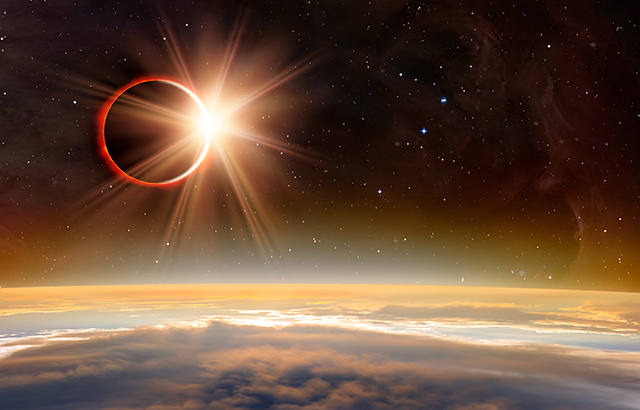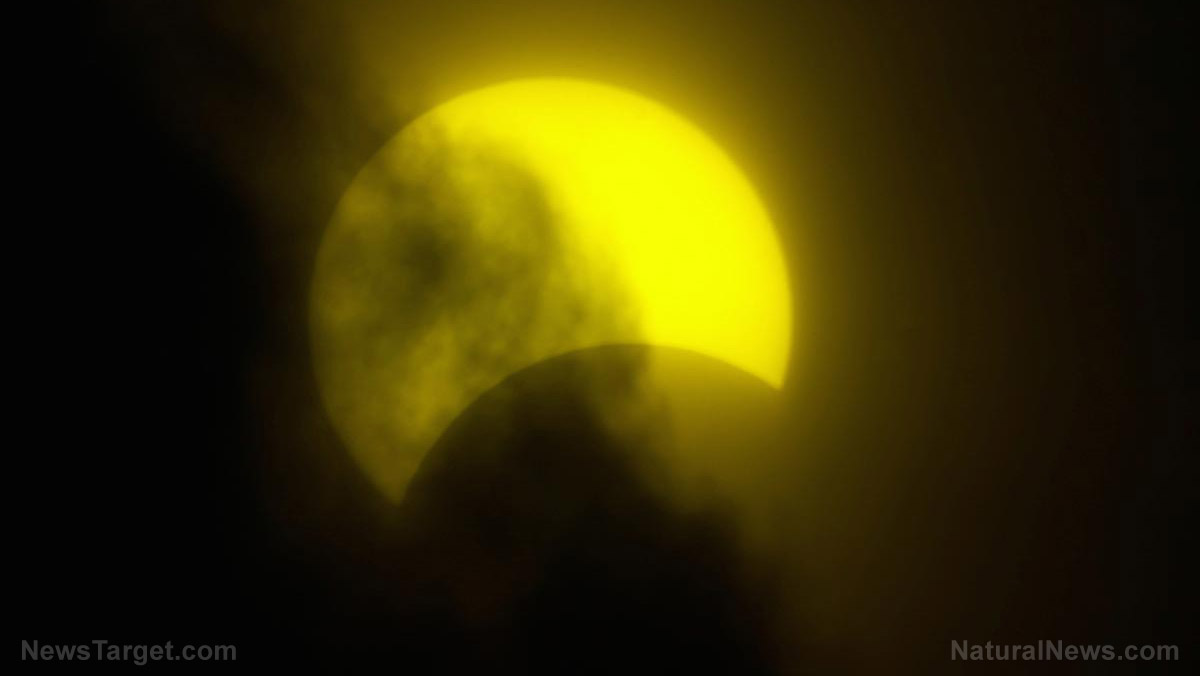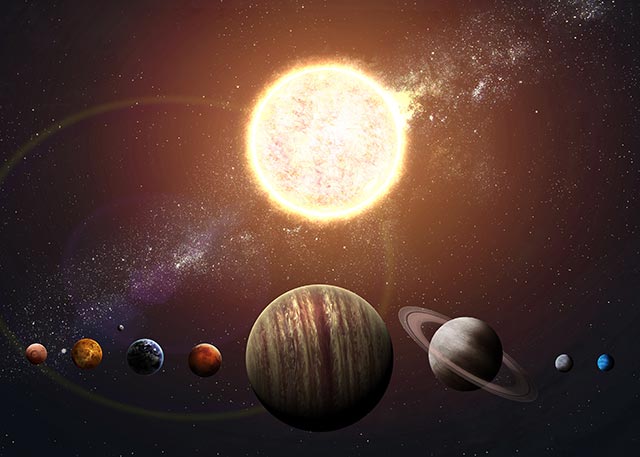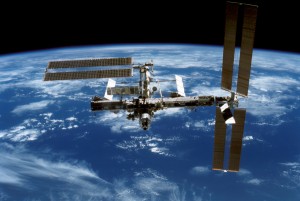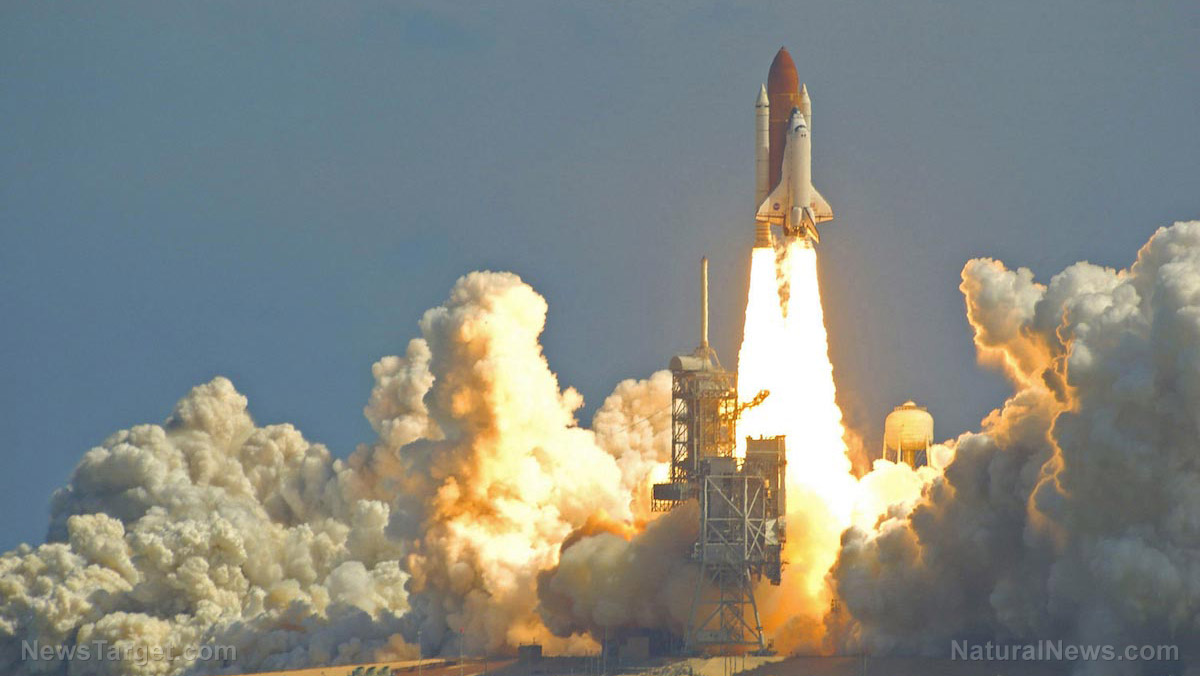NASA sounds alarm over China’s plans to control parts of the moon
04/29/2024 / By Olivia Cook

The National Aeronautics and Space Administration (NASA) has issued a warning regarding China’s intentions to assert control over parts of the moon.
NASA Administrator Bill Nelson expressed concerns that China’s ostensibly civilian space endeavors may contain a cover military element. Nelson conveyed these apprehensions during a hearing before the House Appropriations Committee, where he advocated NASA’s proposed $25.4 billion budget for 2025.
Emphasizing China’s significant advancements in space exploration over the past decade, Nelson highlighted their secretive nature, suggesting that their purportedly peaceful space initiatives could be part of a broader military agenda. He described the situation as “a competition.”
The historical context of the original space race between the United States and Russia, culminating in the Apollo 11 mission’s successful lunar landing in 1969, was referenced. Despite the U.S. being the sole nation to have landed humans on the moon thus far, China has committed to accomplishing this milestone by 2030.
NASA hopes to get back to the moon before China as early as 2026 with the Artemis program. The primary focus of this mission is the lunar south pole, a region of strategic interest due to the potential presence of water ice. Water extraction could support sustained human presence on the moon and facilitate future space missions by providing essential resources, like fuel and oxygen.
The U.S. has already successfully deployed an unmanned spacecraft near the lunar south pole. China has also achieved significant milestones in lunar exploration, such as deploying a lunar rover as part of the Chang’e 3 mission and returning surface samples during the Chang’e 5 mission in 2020.
China planning to construct a lunar base
China’s ambition to establish control over celestial territories, notably the moon, has raised concerns among international observers. (Related: China planning to ANNEX SPACE, control the moon.)
In a report by American journalist and lawyer Gordon G. Chang published in March by the Gatestone Institute, it was mentioned that China aims to construct a lunar base – to be named the International Lunar Research Station (ILRS) – saying it would be “open to all interested countries and international partners.”
This initiative, if successful, could lead to efforts to prevent other nations from accessing lunar territories, effectively marking the beginning of China’s annexation of the solar system’s proximate regions.
According to Richard Fisher from the International Assessment and Strategy Center (IASC), if China were allowed to take control of parts of the moon, Beijing could try to extend its control to cislunar space, or the area of space between the Earth and the moon. Such control could enable the interception or incapacitation of deep-space satellites critical for functions, like early warning systems for ballistic missile attacks.
This collaborative lunar endeavor between China and Russia was formalized in a “memorandum of understanding” announced by the China National Space Administration. The agreement outlined plans for the ILRS – described as a scientific research facility to be situated on the lunar surface or in lunar orbit, emphasizing openness to international collaboration.
Yury Borisov, administrator of the Russian space agency Roscosmos, disclosed plans to deploy a nuclear reactor on the moon jointly with China between 2033 and 2035. This initiative aimed to address energy needs for the lunar base, as solar panels might not suffice. The proposed reactor would be installed without human presence, with Borisov indicating readiness for the project.
China’s strides toward lunar dominance have been evident since 2013, marked by successful lunar missions such as Chang’e-3 and Chang’e-4. Recent announcements, including plans for reusable rockets and intentions to land humans on the moon by 2030, underscore China’s determination in space exploration.
The implications of China’s lunar aspirations extend beyond scientific curiosity. Ye Peijian, former head of China’s lunar program, likened space to territorial claims, warning of China’s intentions to assert control akin to its claims in terrestrial disputes.
Rich in resources like water ice, the significance of the moon’s south pole has attracted global attention. Access to these resources holds strategic value for sustaining human presence on the moon and enabling missions to Mars and beyond.
Despite international treaties prohibiting national appropriation of celestial bodies, concerns persist regarding China’s intentions. NASA Administrator Bill Nelson has cautioned against underestimating China’s ambitions and the potential for territorial assertions on the moon.
Visit Space.news for more stories like this.
Watch the following video about “Space warfare: China creates new ‘destructive’ weapons for ‘blind’ US satellites.”
This video is from the EndTime News channel on Brighteon.com.
More related stories:
U.S. Space Force: China and Russia are CONCEALING THREATS posed by their satellites.
Xi Jinping is PURGING PLA commanders incapable of preparing China for WAR.
Is communist China planning to attack the United States?
Sources include:
Submit a correction >>
Tagged Under:
big government, CCP, chaos, China, Chinese Communist Party, conspiracy, cosmic, deception, future science, future tech, Lunar Base, military tech, Moon, moon landing, NASA, National Aeronautics and Space Administration, national security, Space, space exploration, Space Race, space wars, World War III
This article may contain statements that reflect the opinion of the author
RECENT NEWS & ARTICLES
Cosmic.News is a fact-based public education website published by Cosmic News Features, LLC.
All content copyright © 2018 by Cosmic News Features, LLC.
Contact Us with Tips or Corrections
All trademarks, registered trademarks and servicemarks mentioned on this site are the property of their respective owners.


